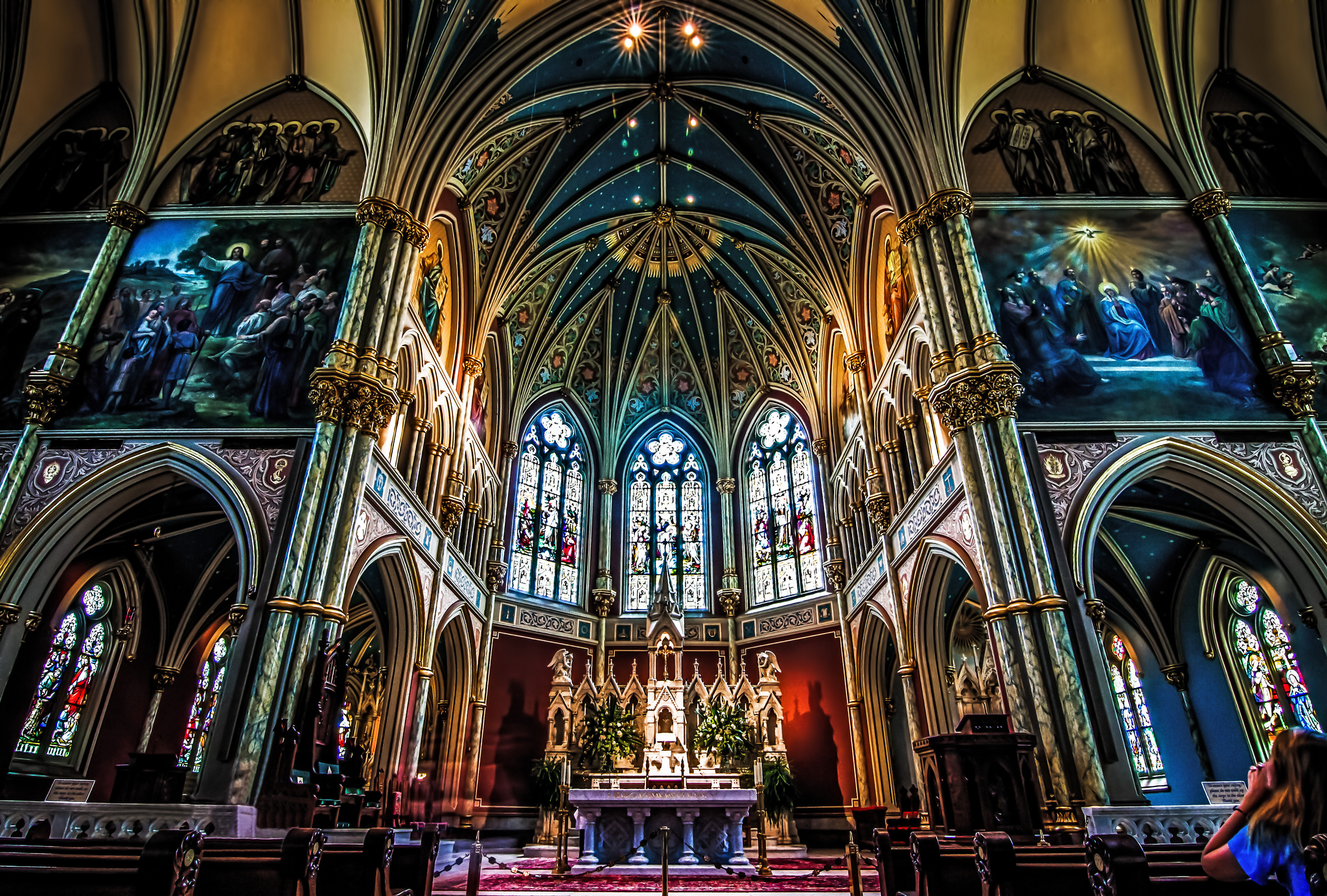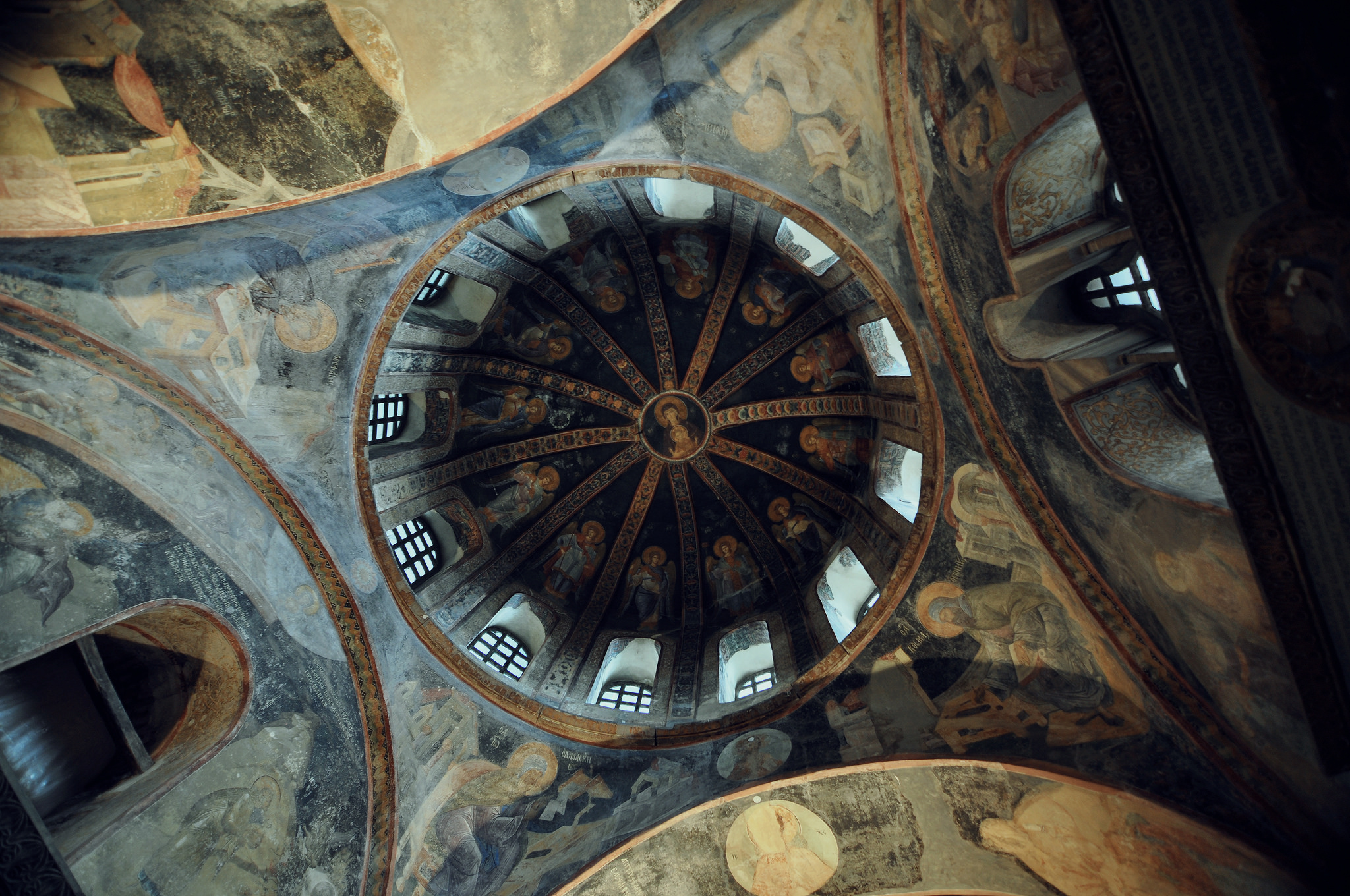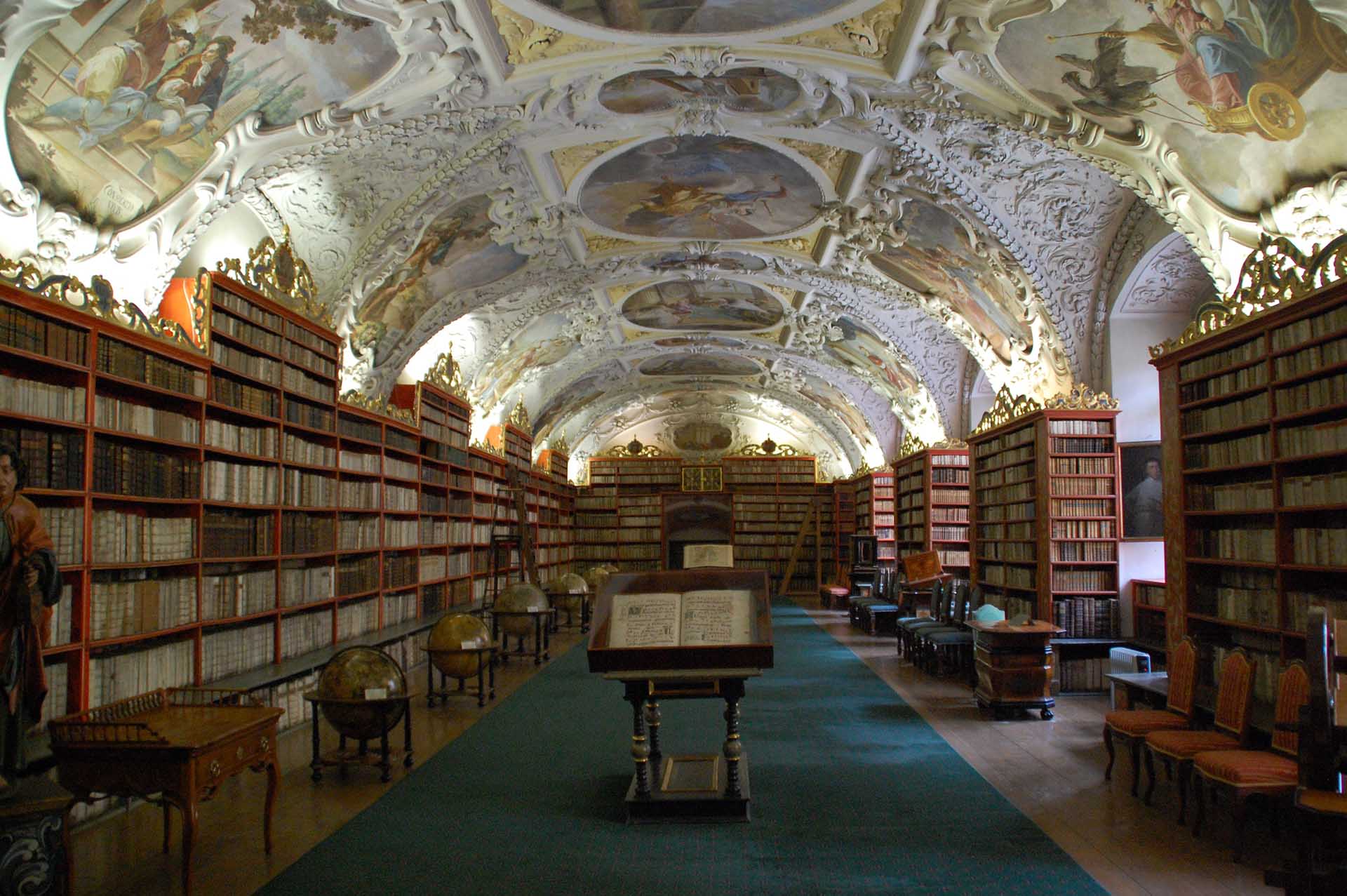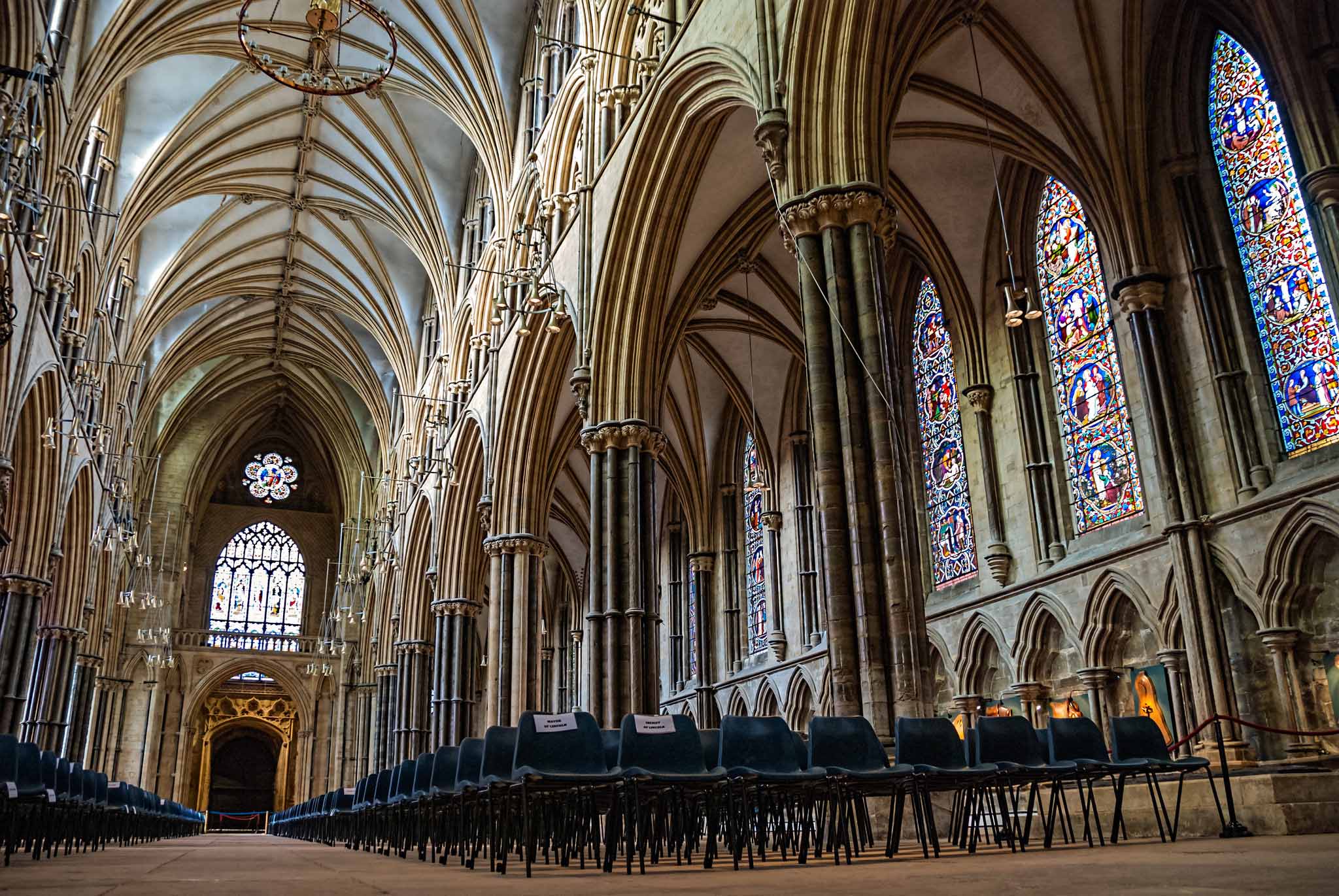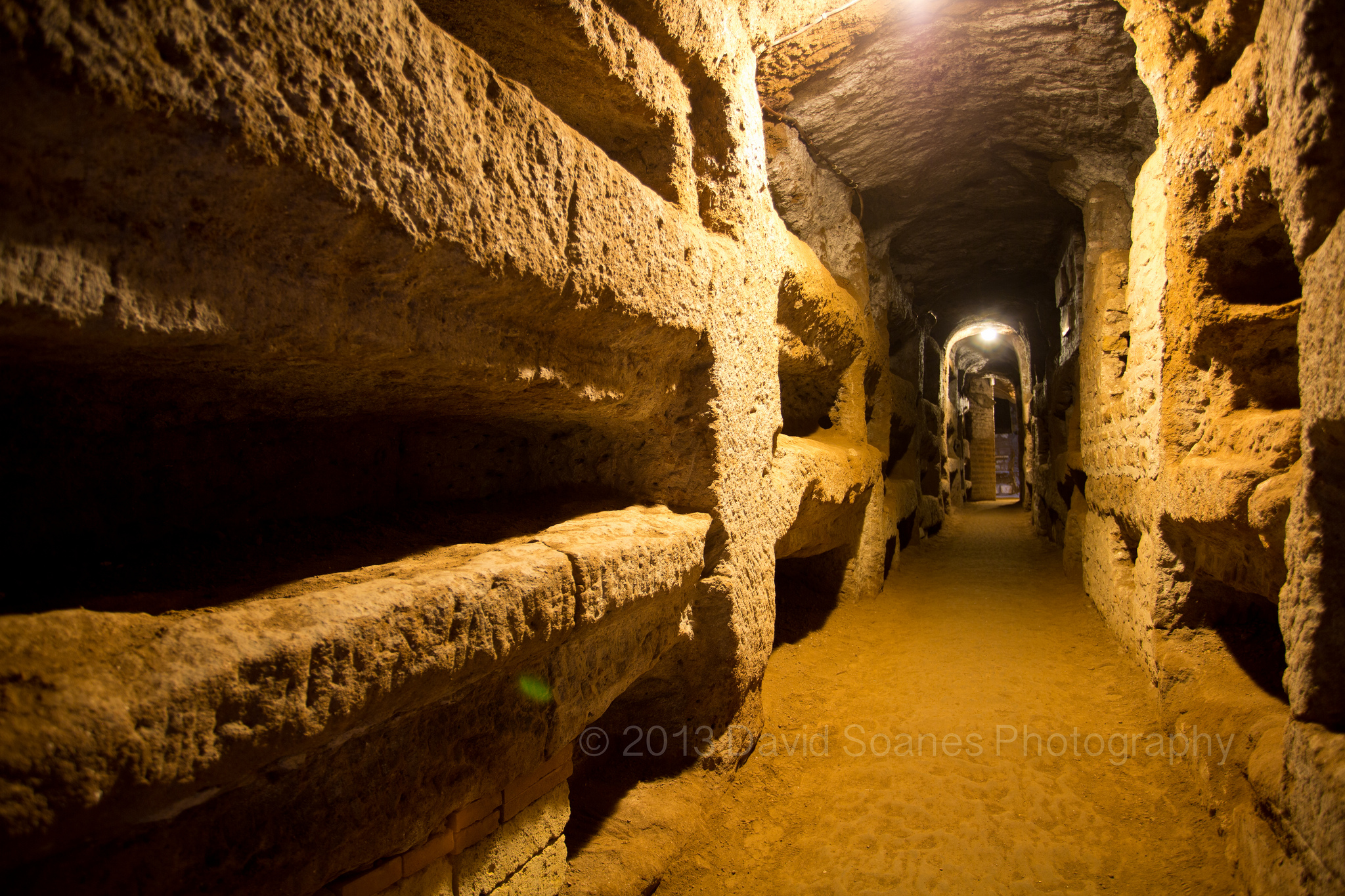© Copyright 2013, T. Stanfill Benns (All emphasis within quotes is the author’s unless indicated otherwise.)
Introduction
No one starts a journey without having in mind a destination. No one investigates an organization to discover its history and purpose without expecting at some point to find what they were looking for. Many of the dissident Catholic groups which have originated since the close of the false Vatican 2 council in the 1960s, however, don’t seem to know where they are going, or what they are hoping to find. They are not even sure, it often appears, that they are required to have a destination, although they fully expect to reach heaven one day. As one friend commented recently, Traditional chapel groups seem to exist in order to provide a much welcome pacifier or placebo for dissident Catholics, desperate to relieve themselves of the pain and confusion of the times rather than to provide any productive way to address the real problems facing the Church today.
But in beginning this website, it was my intent to move readers ever forward in an understanding of their faith and to actually get to the root of the problems that plague us by providing some insight. I have listened to many readers for years who complain that it is just too complicated to try and figure out what has happened to the Church and continues to happen to us today and to make sense of it all, and I sympathize with them. This is why I have struggled for decades to successfully wrap my arms around what precipitated the current situation so I could better explain to others what I have learned from the Church’s own perspective.
I think the value of this site is that it does not simply present previous Catholic documents as something to guide readers through this dark night that now has lasted 55 years. Instead it attempts to explain the relation to what went before and what is today, with an emphasis on papal teaching and Canon Law as our guide in these times. Hopefully what has been written will help Catholics see why the current circumstances demand that we behave in a certain way, in order to follow the laws and teachings of the Church. Like all of you, I have taken many wrong turns, been forced to detour countless times and have run into several dead-ends. The journey to here has cost me dearly in many ways and has been an arduous one. But I am no different than others; we all have our own compelling stories to tell.
One thing, however, has never changed for me. Since the election of John 23, I was never certain that the popes following Pope Pius XII were Catholic. After formally acknowledging the sede vacante in 1982, I have always firmly believed that the answer to our problems is the papacy. For many years I was stuck in the unfortunate mindset that the laity could and actually had elected a true pope. I believed with all my heart and mind at that time that this is what God wanted, but I was misinformed and misled, not to mention sadly deluded. Once I realized that what I had done was not only contrary to God’s will but opposed to Catholic belief, I began re-evaluating my thinking and renewed my study of the faith. I started with the appointment of St. Peter by Christ to head the Church — the Vatican Council definitions. I never tire of this subject and for this reason papal documents will continue to constitute a large part of my studies.
Divine faith
It’s not that the emphasis on Divine faith and the papacy has not always been apparent in what I write — it has. It is that these references have been scattered throughout different articles on this site when they should be in the forefront. The primary focus of betrayedcatholics should be to promote an understanding of the Church from a truly Christological and papal perspective, because unless that can be done then it will not be possible to explain what really happened to the Church and how it came to pass. In order to understand the importance of Divine faith, which must be first and foremost in our minds even before we begin an examination of the papacy, please see the site article on this subject at Current Articles. This is a must read.
Once divine faith’s pre-eminence concerning belief is fully understood, we must then focus on the necessity of relying entirely on the decrees of the Roman Pontiffs that officially explain and define Christ’s teachings, also those papal teachings which bind us in disciplinary and moral matters. Nearly 150 years ago, Henry Cardinal Manning, in his “The Vatican Decrees and Their Bearing on Civil Allegiance” described in detail the method I intend to use here. He wrote:
“To Peter alone first was given the plenitude of jurisdiction and infallible authority. Afterwards the gift of the Holy Ghost was shared with him by all the Apostles. From him and through him, therefore, all began. For which cause a clear and precise conception of His Primacy and privilege is necessary to a clear and precise conception of the Church. Unless it be first distinctly apprehended, the doctrine of the Church will always be proportionately obscure. The doctrine of the Church does not determine the doctrine of the Primacy, but the doctrine of the primacy does precisely determine the doctrine of the Church. In beginning, therefore, with the Head, the Council has followed our Lord’s example, both in teaching and in fact; and in this will be found one of the causes of the singular and luminous precision with which the Council of the Vatican has, in one brief Constitution, excluded the well-known errors on the Primacy and Infallibility of the Roman Pontiff.” Notice that it is Christ who gave Peter his infallibility and supreme jurisdiction, as recorded in the Gospels and defined by the Church.
Papal teaching
If the infallible teaching of the Vatican Council is rightly studied and understood, many Traditionalist errors will be exposed. For these errors deny the truth of Holy Scripture as defined by the Church. They are:
• Ex cathedra pronouncements, as explained by the Council in plain words and reaffirmed by Pope Pius XIII in Humani Generis, are a common, not a rare event. The Vatican Council never said, as so many Traditionalists intimate, that only solemn proclamations rendered infrequently, with pomp and splendor, are infallible. Instead the definition of infallibility, if read dispassionately and considered honestly, could cover almost any statement issued by the popes in any medium. To believe only rare ex cathedra statements are binding for belief by the faithful indirectly contradicts Christ’s placement of Peter over all the other Apostles and the faithful as possessing infallibility and supreme jurisdiction. The misunderstanding of this phrase has led to the skewing of the entire subject of infallibility and it must be stopped dead in its tracks. Msgr. Joseph Clifford Fenton, a theologian personally approved by Pope Pius XII, explains how ex cathedra can cover everything from a radio address up to the definition of Mary’s Assumption into Heaven in the PDFs on Doctrinal Authority listed in the references section.
• The infallibility of the ordinary magisterium, which Pope Pius XII teaches in Humani Generis, is anything entered into the Acta Apostolica Sedis, including constitutions, encyclicals, addresses and allocutions. This exercise of his infallible authority in Humani Generis ¬defines the nature of the ordinary magisterium, (See Vatican Council, DZ 1792). See also Rev. Fenton’s article, “Infallibility in the Encyclicals.”
• The binding nature of documents issued by the popes CAN concern things that are not matters of faith or morals, (DZ 1820).
• In issuing disciplinary decrees such as those contained in the Code of Canon Law the Church is infallible, and we must accept such laws with a firm assent, (DZ 326; 1831).
• The primacy of jurisdiction is supreme, and without a true pope the existence of canonical mission jurisdiction is a moot point, (entire gist of the Vatican Council documents).
• The doctrines of the Church can never be understood in a way different from that manner in which they were first stated and believed, (DZ 1800; DZ 2145)
• No further definition of the teaching of the Vatican Council is necessary, as Pope Pius IX himself proclaimed. He wrote in 1871: “Some would have me interpret and explain even more fully the Definition of the Council. I will not do it. It is clear in itself and has no need of other comments and explanations. Whoever reads that decree with a dispassionate mind has its true sense easily and obviously before him,” (from Card. Manning’s, The Vatican Decrees and Their Bearing on Civil Allegiance).
No pope, no Church
So any specious plea by Traditionalists that we must wait for a future pope to clarify these definitions before we know what they really mean is both disingenuous and disturbing, not to mention contradictory to the teaching of Pope Pius IX. It a ruse intended to continue the minimization of these doctrines and the obfuscation of the fact that the juridic Church possessing the four marks cannot exist without a true pope.
In short, if Catholics first understand that they need only accept what the popes teach, and that firmly and with irrevocable assent or (in some matters) with at least a firm assent (see Rev. Fenton’s “Religious Assent Owed Papal Teachings”), then the need to study lengthy documents not necessary to an understanding of the issues at hand is greatly decreased. Using a limited number of infallible papal decrees, Catholics can believe what true popes, not Traditionalists teach, and can thereby be certain they believe what they believe on Christ-directed authority and need no other leaders or “clergy” until a true pope once again sits in St. Peter’s Chair.
As Cardinal Manning has explained, the idea of a Church not defined by the papacy itself is absurd; there can be no such Church. And in defining the Church’s role during an interregnum, Pope Pius XII told us in Vacantis Apostolica Sedis that those who would violate the rights of the Church, usurp papal jurisdiction or disobey papal and Canon Law during a vacancy of the Apostolic See do so in vain; their acts have no effect and are null and void the moment they are attempted. There is either a Church obedient to the Continual Magisterium in all things or there is no Church at all.
Conclusion
It is glaringly obvious that always the enemies of the Church have crusaded to first erode by degrees then destroy the authority of the papacy. That they have succeeded almost entirely was proven during the false Vatican 2 council when half the existing church accepted the changes in Mass and Sacraments, also the Church in general and the other half left the anti-Church. Those who left proved they had no concept of the papacy and the obligations of the hierarchy when they joined up with Traditionalists. And those who stayed pledged allegiance to men who overturned the unchangeable doctrines of the Church.
The world is growing more evil by the minute. At any time Christ could decide that He has put up with us long enough. But preoccupation with modern conspiracy theories, wars and rumors of wars will not save our souls. Only a true understanding and wholehearted acceptance of the Catholic faith built on the rock established by Christ will allow us to finally understand the faith as the Church Herself would have us understand it — from the mouths of St. Peter and his successors, Christ’s Vicars on earth. For “He who heareth you, heareth Me.”
Catholics should remember well what Pope Benedict XIV pronounced over 250 years ago: “We declare that the greater part of those who are damned have brought the calamity on themselves by ignorance of the mysteries of the faith, which they should have known and believed, in order to be united with the elect,” (from Pope St. Pius X’s Acerbo Nimis, dated April l5, 1905). And the Vatican Council teaches infallibly that knowledge of these mysteries can only begin with a correct and precise knowledge of the primacy. This we have tried our best to present. But before one can determine the need for obedience, they must first decide who is worthy of such obedience and who is truly pope. This will be the topic of the next section.
